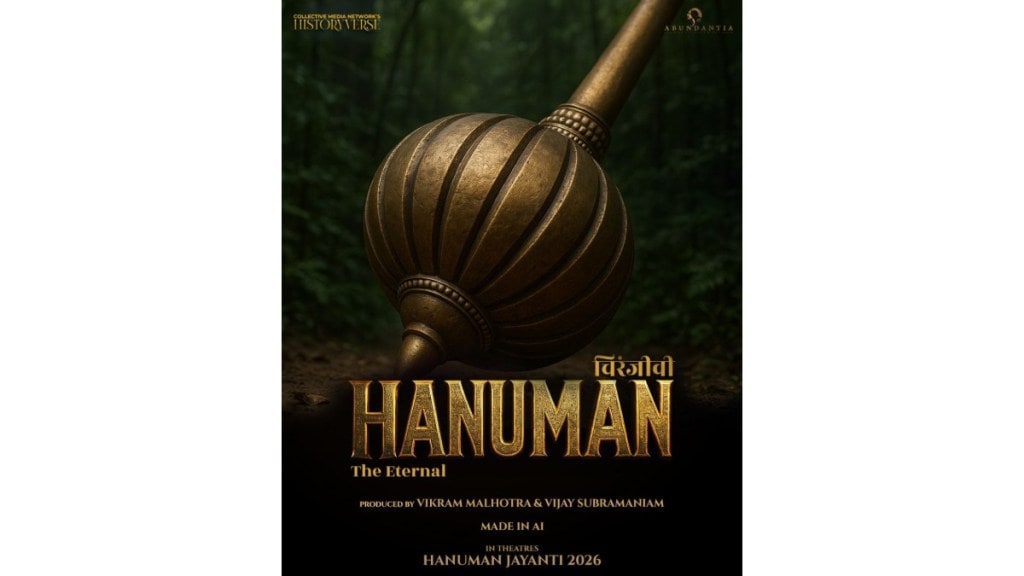The first public projection of moving pictures to a paying audience was by the Lumière brothers in 1895. The movies were in black and white, with no sound and just a minute long. By the 1920s, the US was producing an average of 800 feature films annually. Fast-forward to a century later, the largest film industries by number of feature films produced were those of India, the US, China, Nigeria, and Japan. Throughout this period, film production has relied on a familiar mix of actors, directors, cameras and crews. But a new wave of artificial intelligence tools is beginning to rewrite the grammar of cinema.
India, one of the world’s most prolific film markets, has become an early adopter of AI-driven storytelling. Several creative management and entertainment companies have been developing AI-generated ‘microdramas’ based on mythology, such as the Ramayana and Bhagavad Gita. The vision: multi-hundred-episode formats produced at scale, designed for mobile viewing. StudioBlo, an independent outfit, has experimented with mythological adaptations, including a retelling of the story of Narasimha, the half-man, half-lion deity.
Perhaps the most ambitious experiment yet is still to come. Abundantia Entertainment and Collective Media Network’s Historyverse announced
Chiranjeevi Hanuman The Eternal, which they describe as the world’s first large-scale AI-generated motion picture designed for theatrical release. Scheduled to premiere on Hanuman Jayanti in 2026, the film will draw from the Ramayana and puranic texts, reimagining centuries-old stories through cutting-edge AI techniques. In 2023, Detroit-based Waymark, a digital production company, released The Frost, a 24-minute science fiction short that many consider the first fully generative AI film. No cameras were rolled, no sets were constructed. Instead, the company used OpenAI’s image generator DALL-E 2 to produce every shot, while an animation tool added movement to characters’ faces.
The experiment was an early indicator of how AI could alter the economics of cinema. If an entire film can be generated with little more than a script and a couple of algorithms, the cost savings are obvious. Blockbusters often allocate hundreds of millions to special effects and computer-generated imagery, whereas AI can compress such production timelines from months to hours.
For producers, the commercial attractions are clear as AI allows lifelike storytelling without the expense of location shooting, set design, or even actors. What once required weeks of rendering in high-end CGI studios can be produced by feeding text prompts into a model.
Challenges
The implications for labour are significant. Screenwriters, actors and technical crews all face the prospect of disintermediation. The Hollywood writers’ and actors’ strikes of 2023 underscored industry anxiety about AI’s potential to displace human roles. Concerns extend beyond employment where the rights of performers whose likenesses may be replicated by algorithms remain an unsettled legal area.
There are also aesthetic questions. While AI can generate convincing visuals, it struggles with nuance. The emotional subtlety of an actor’s performance is difficult to reproduce convincingly. For now, AI films often carry an uncanny quality that risks alienating audiences. A further challenge lies in the blurring of fact and fiction.
With tools such as Synthesia, users can already create short AI-generated videos featuring avatars that resemble professional presenters. More advanced platforms are emerging that allow individuals to input photos, audio and biographical data to produce dramatised life stories. A wedding could be restaged as an epic romance and a professional journey could be cast as a thriller. What once required access to capital and distribution networks may soon be achievable on a laptop, or even smartphone.
An ecosystem of training providers has begun to develop around this shift. Curious Refuge, which bills itself as the world’s first AI filmmaking course, teaches prompt engineering, animation and storyboarding techniques, charges $749 per artiste. Its curriculum is used by both independent creators and Hollywood professionals. Udemy too has added courses on ‘text-to-film’ generation, while others focus on integrating AI into corporate video production.
Co-existence or disruption?
The key question is whether AI will supplement traditional production methods or displace them. Technology has been integrated into filmmaking, from sound to colour, from CGI to digital cameras. AI is another tool to expand creative possibilities, not a replacement for human craft. Sceptics counter that the economics of AI films, which is cheaper, faster, infinitely scalable, could transform the competitive landscape. Independent filmmakers, regional studios and even marketing teams can generate content that rivals professional productions.
With YouTube filled with ‘100% AI-generated’ videos, what is clear is that the frontier between human and machine creativity is being tested.


